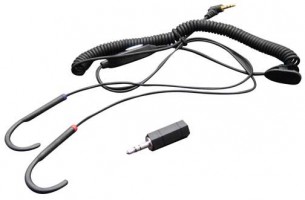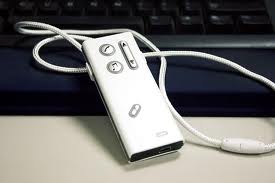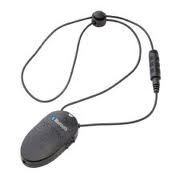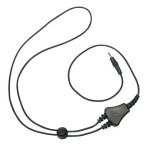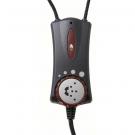I’m reading Katherine Bouton’s new book, Shouting Won’t Help—Why I – and 50 million Other Americans – Can’t Hear You. It is very well-written and informative. Here are some of her tips for communicating with a person with hearing loss from an article in USA Today, March 10, 2013.
• Look at the person when you speak. Your instinct may be to lean into an ear. But if you do that, they can’t see your lips move. Most deaf or hearing-impaired people read lips or “speech read,” Bouton says: “They don’t have to be trained in it. They just pick it up as their hearing starts to go.”
• Make sure you have their full attention. A hearing-impaired person who is cooking dinner is not likely to pick up much kitchen chatter, she says.
• Don’t shout. “It doesn’t usually help to talk louder unless you’ve been talking in a whisper or have a very quiet voice,” she says. “What helps is to talk as clearly and distinctly as possible — facing the speaker.”
• Don’t keep repeating yourself. “Try it once. But if the person still doesn’t get it, rephrase what you’re saying, try to put it in some context,” she says. (The hearing-impaired person can help, she says, by repeating back whatever they did hear.)
• In a small group, speak one at a time. A hearing-impaired person will struggle to pick up anything from overlapping conversations, so dinner parties, meetings and book clubs can be difficult, Bouton says.
• Don’t compete. For the best chance at being heard, turn off the TV or music; get away from loud fans and whirring fish tanks.
• Don’t give up. “Once you’ve tried to hear the phrase or sentence three or four times, it’s incredibly frustrating for the speaker then just to shrug and say it isn’t important,” Bouton says. “It probably wasn’t important the first time he said it, but by now your curiosity is piqued and it matters a lot.”
Filed under: Uncategorized | Leave a comment »


